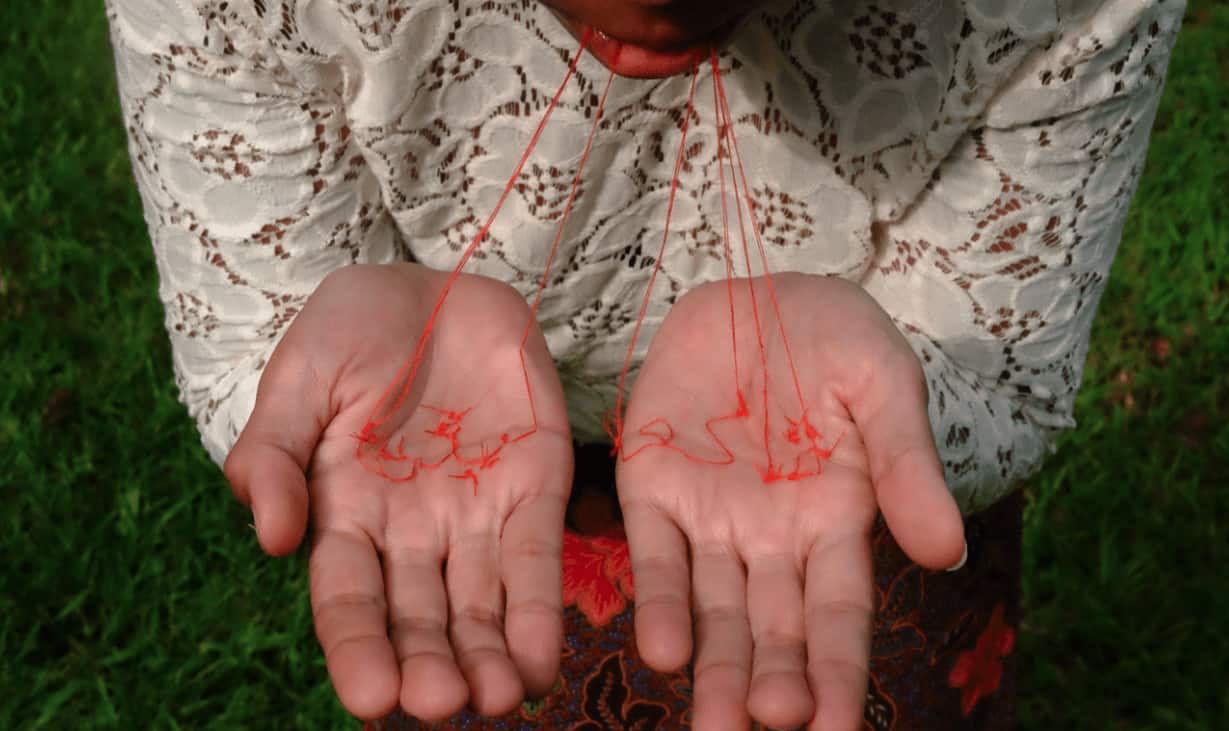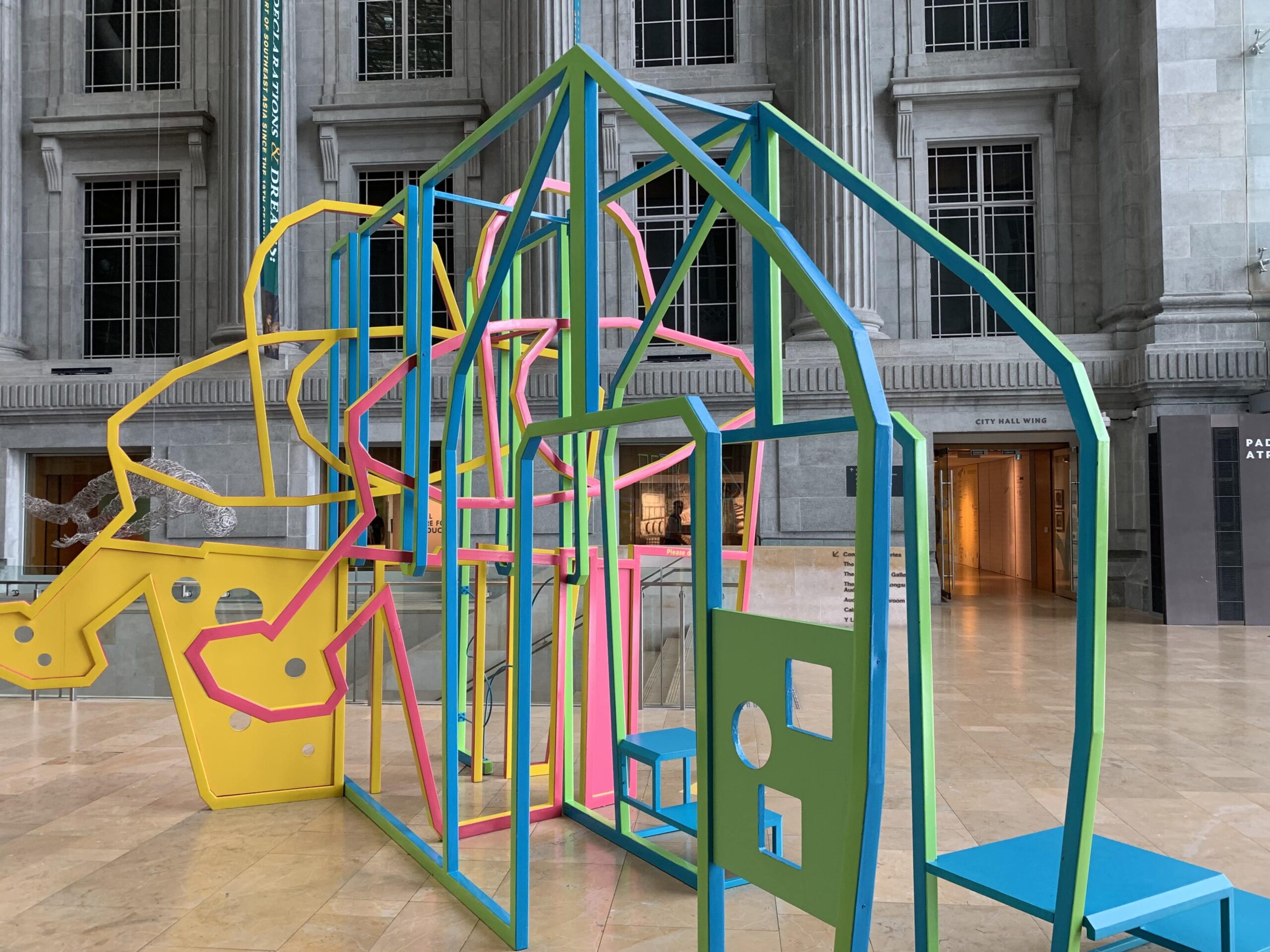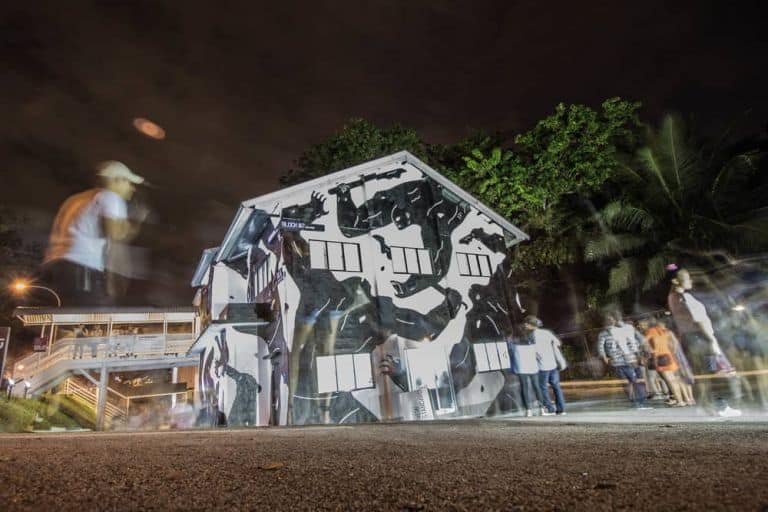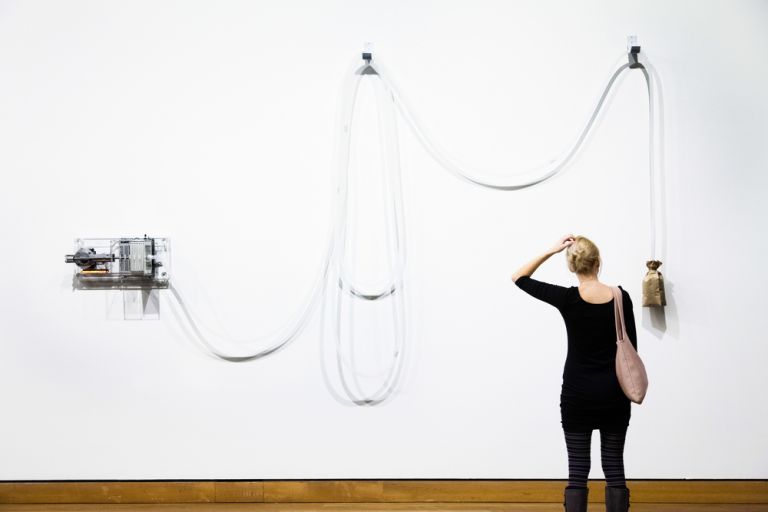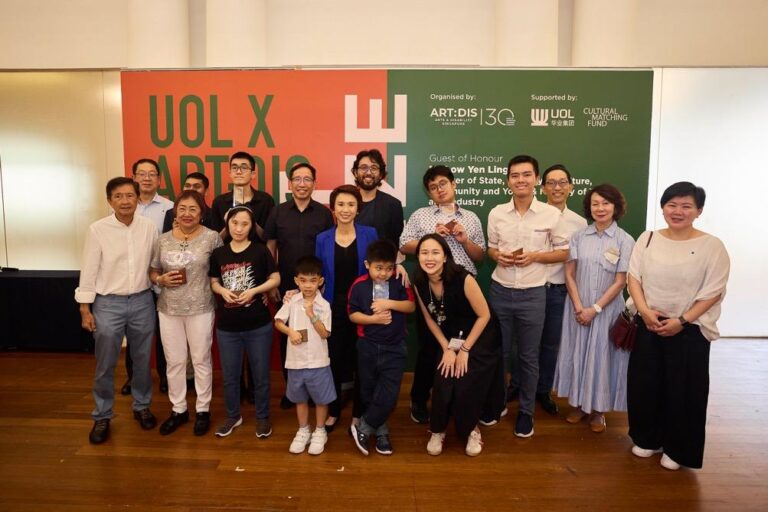“ Wait and see, I’ll wait and see
Till she sends for me, sends for me
Oh honey, when you send for me,
I’ll be there for you
Anywhere, circling square”
– Humpback Oak
We’ve been thinking a lot about the 90s over here at Plural.
Our team of writers and editors is represented by folks from all generations but yet, in recent times it’s the 1990s that we’ve been reminded of in Singapore – most strikingly perhaps in The Pitch, a humorous and elegiac joint production (or “co-pro”), which laments the plight of theatre companies that have been forced to close as a result of COVID-19 restrictions. Spoiler alert, if you haven’t seen the film, but a segment of it sees Adrian Pang singing the Humpback Oak lyrics above.
The Promise of Things to Come?
Now Humpback Oak you might remember was one of the Singapore music scene’s big successes. It was the early 1990s, a time of great promise all-round. In 1989, the Report of the Advisory Council on Culture and the Arts (RACCA) had been issued, recognising that while we had for the previous two decades “been preoccupied with economic survival,” the time had come to develop “knowledge and appreciation in the arts,” as doing so would “upgrade our standard of living” and create a “more gracious environment”. We were going to create a “culturally vibrant city,” perhaps even one accompanied by a backing soundtrack of edgy indie local music.
This segued into various other reports, including the Renaissance City Plans, which acknowledged that “arts and culture are also important because of Singapore’s bid to move up the value chain towards more high value-added services such as the creative industries, financial services, and legal services.” While the economic benefits associated with a thriving art market cannot be denied, its value in attracting a diverse, wealthy and vibrant populace to settle down in Singapore is one that has to be balanced against the organic development of the scene as a whole – a point that government reports have openly acknowledged, as early on as in 1989, when the RACCA noted that in order for its vision on the development of a culturally-vibrant society to be achieved, there should be a “whole-hearted commitment to it,” one which “(meant) a change in the fundamental attitude of our people to culture and the arts.” The Report crucially pointed out while the Government must take the lead, “the ingredients for success must rest on the joint efforts of the Government, corporate and civic organisations and the public.”
Fast forward some 30 years later and we’ve somehow ended up with an arts industry that is often perceived (whether fairly or not) as something girded by top-down management. The latest Our SG Arts Plan issued in 2018, acknowledges too, that the lack of organically- grown spaces is a weakness in the local arts scene. From a broader perspective, Singapore’s utilisation of foreign talent has also recently come under the spotlight as the country grapples with the value of such labour, in a shrinking pandemic-stricken world.
In the field of contemporary art, it’s given us pause for thought as to whether the dramatic launching of rock star names and big-ticket institutions into our artistic firmament, has served us well. And names honestly don’t get more rock star than that of Prof. Ute Meta Bauer the head of the Nanyang Technological University’s Centre for Contemporary Art Singapore (CCA), a curatorial powerhouse, internationally ranked as one of the most influential people in contemporary art.
Launched in 2012, the CCA was billed in the Our SG Arts Plan as “offering cutting-edge exhibitions, residencies and a space for research and critical discourse.”
According to official press materials, the institution “has curated over 44 major international exhibitions and organised more than five major festivals, 350 public programmes, and 120 research presentations, involving over 200 artists, curators, critics, writers, researchers and scholars from Singapore and abroad. It published award-winning books, is a publishing partner of the Art Journal Afterall, and more than 250,000 visitors to date (have) attended the Centre’s exhibitions and events at Gillman Barracks.”
Accordingly, when the CCA recently announced the closure of its residency and exhibition space at Gillman Barracks, there was much handwringing and consternation within the art community. Outside of it though, not many people understood the significance of the closure, or – dare we say it – even knew that the Centre existed. The art displayed by the CCA was truly something out of the ordinary – the names Prof. Bauer had been able to attract were hugely exciting ones– well, in the field of contemporary art, that is. The questions surrounding the closure of the space only led to yet more unanswered questions. Why did the CCA need to conduct a fundraising auction when its showpiece space seemed to be going under? Where would Prof. Bauer go? Would she be leaving Singapore? More importantly perhaps, if an art space that only a small number of people know about, decides to close its doors, does that closure even matter? How many people really, would be interested in a bunch of sticks scratching on pretend-turntable records?
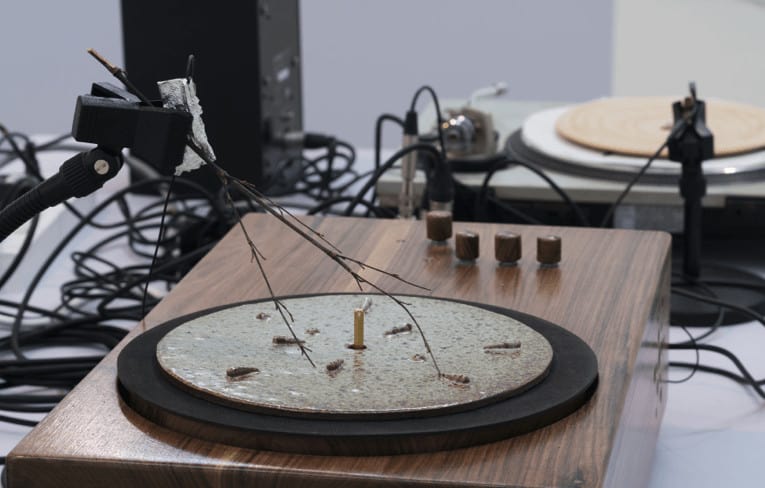
A Look Back
Was this all just a storm in a teacup? Or was the CCA teacup yet another tragic casualty of the uniquely Singaporean storm of hypercapitalism and utilitarianism? Those who loved the CCA seemed to really love it. It presented a different view of art – regardless of whether it had popular appeal or was well-received on a world stage (although it often was), and its mysterious alchemy of intellectual rigour, cutting edge artistic representation, and just plain weirdness, set it apart in the Singapore art scene. It amazed us how passionately folks felt about those world-class twigs on pretend-records. They prompted our own writer to engage in a detailed exposition on sound art, and her story attracted various enthusiastic tags and comments on our social media posts. (The artist Tarek Atoui is himself an incredibly well-known name, having shown his works at prestigious events and institutions such as the Sharjah and Venice Biennales and the Tate Modern.)
Another story which we ran on a 2018 CCA show on craft practices in Southeast Asia, Trees of Life – Knowledge in Material, attracted a flurry of intense comments from a reader who wished to understand why our writer had chosen “the Western arts and craft movement as headway to talk about the work,” suggesting that such an approach could display a lack of “proper understanding of craft in our geographical context.” A passionate art-historical exchange followed. It was not one that we had expected, nor one that we entirely agreed with, but one that we were nonetheless heartened by.
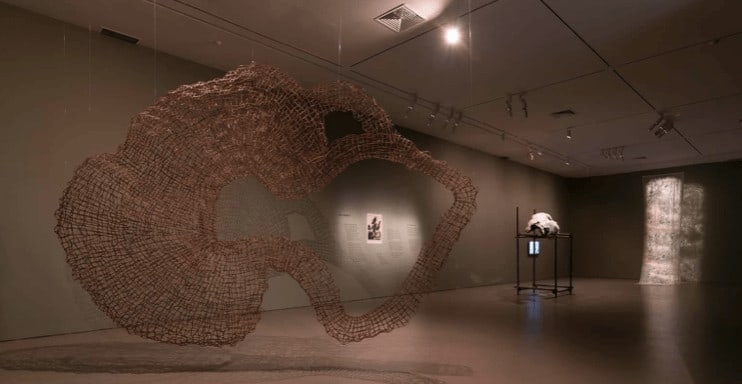
For all its world-class arty-fartiness, some may also remember the CCA’s seminal exhibition and archival work on the art of Lee Wen, a presentation that culminated in a live performance as the artist struggled with his illness. Lee passed on shortly after and the press preview where Prof. Bauer yielded the stage to him to address the audience, still sticks in our minds. It wasn’t the most polished press preview, certainly not one that calls to mind the slick operations of international art events – but it was also so much more than that. Lee was struggling with his words but had so much to say, and all those who were present sat quietly, paying close attention. We understood acutely that this legend, this giant of an artist was on his last legs and that these garbled words might be some of his last. It was not a large gathering, nor was it a glamourous one, and the crowd was but a fraction of the snaking queues seen around Yayoi Kusama’s 2017 blockbuster at the National Gallery Singapore. Nonetheless, the event was one that held deep and resonant meaning for all those present who valued Lee Wen’s many contributions to our local art scene.
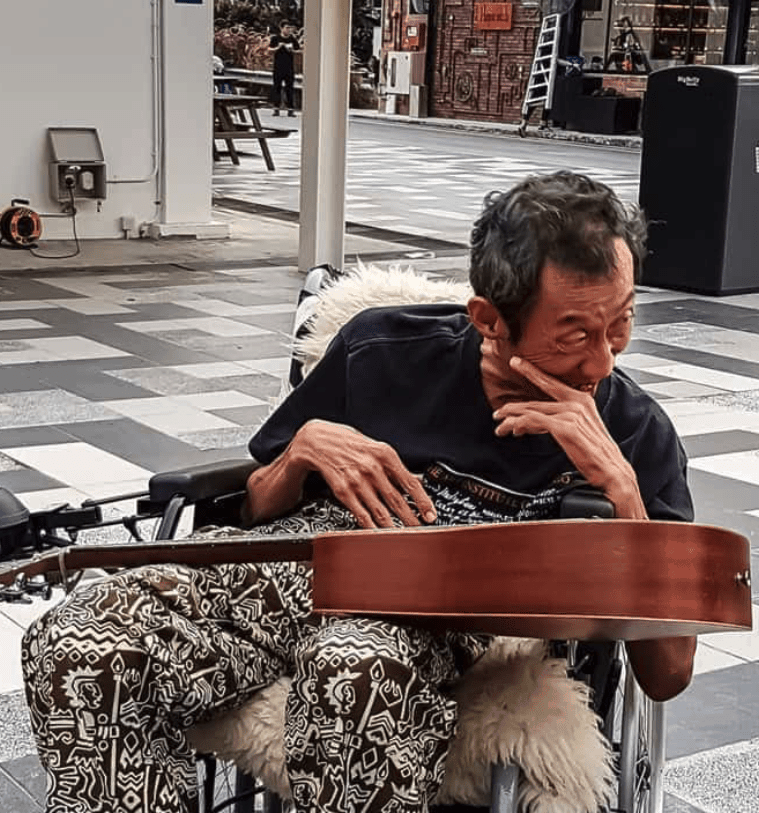
Those in the arts will also note that Prof. Bauer is herself a friendly face, often seen at community events, firmly immersed in local art happenings. To dismiss her appointment as just another example of superstar “foreign talent” being parachuted into Singapore, would be a gross misstatement of the value she has brought to our art scene.
And that perhaps is the CCA’s lasting legacy to us – a reminder that we do not all have to jam our square pegs of spiky personality into round holes, and that no matter how weird and odd we might be, there is a space for us on this tiny island, one where we can think about art in a more free-wheeling manner, looking at theories, text, and academia in an unstructured way, embracing ideas from all over the world, whether we agree with them or not. Spaces like the CCA allow the art community to create talking points, while reminding us all of the complexities and diversity within our society.
The question of physical space in the arts, is one that has come up over and over again in recent months. From the potential reconfiguration of Centre 42, to the possible loss of the Substation, we are reminded of how the benefits of placemaking feature in a constant tussle with the difficulties of living in a small city-state. Independent photography gallery DECK is the most recent addition to the dawn chorus of fundraising appeals to ensure that the galley’s prime physical location is preserved. Rosa Daniel in a frank essay here for example, talks about the difficult trade-offs that were made with respect to Old School at Mount Sophia.
The Next Steps?
And so we wait expectantly to hear what Prof. Bauer’s next moves are and whether the shifting of sands in physical space for the CCA will have any bearing on its future role.
In a formal press release issued in August, the Nanyang Technological University (NTU) stated that “the CCA is going through a period of transition and transformation of its longer-term capabilities for the post COVID-19 recovery. The Centre is currently working on a digital archive and print publication documenting the Centre’s programmes and initiatives.”
Digital initiatives are certainly not something new in the art scene, as the world of physical exhibitions continues to shrink in a COVID-19-ridden world. Indeed, in response to feedback that the CCA’s closure would adversely affect Gillman Barracks, the National Arts Council has emphasised that while it remains committed to assisting Gillman arts spaces, the community “should be prepared to review business models to stay relevant and competitive as an arts hub for Singapore and the region.”
There also appears to be a pivot back to the wilds of Boon Lay. Even though the CCA has mentioned that it will retain its Public Resource Centre and its administrative and research facilities at Gillman Barracks, it has also made clear that it seeks to “increase its presence at (the) (NTU) main campus and other NTU locations.” In some ways, this seems to be a move that makes sense. Given the academic slant to its shows, perhaps the CCA was always a better fit with a university environment than a commercial contemporary space jointly set up by the Singapore Economic Development Board, an agency dedicated to creating economic growth, jobs, and business opportunities. In any event, exciting things are (literally) afoot in the NTU School of Art Design and Media (ADM) galleries. Curator Louis Ho’s current show The Foot Beneath the Flower for example, offers a piercing look at the aesthetics of kitsch and queerness in art and society.

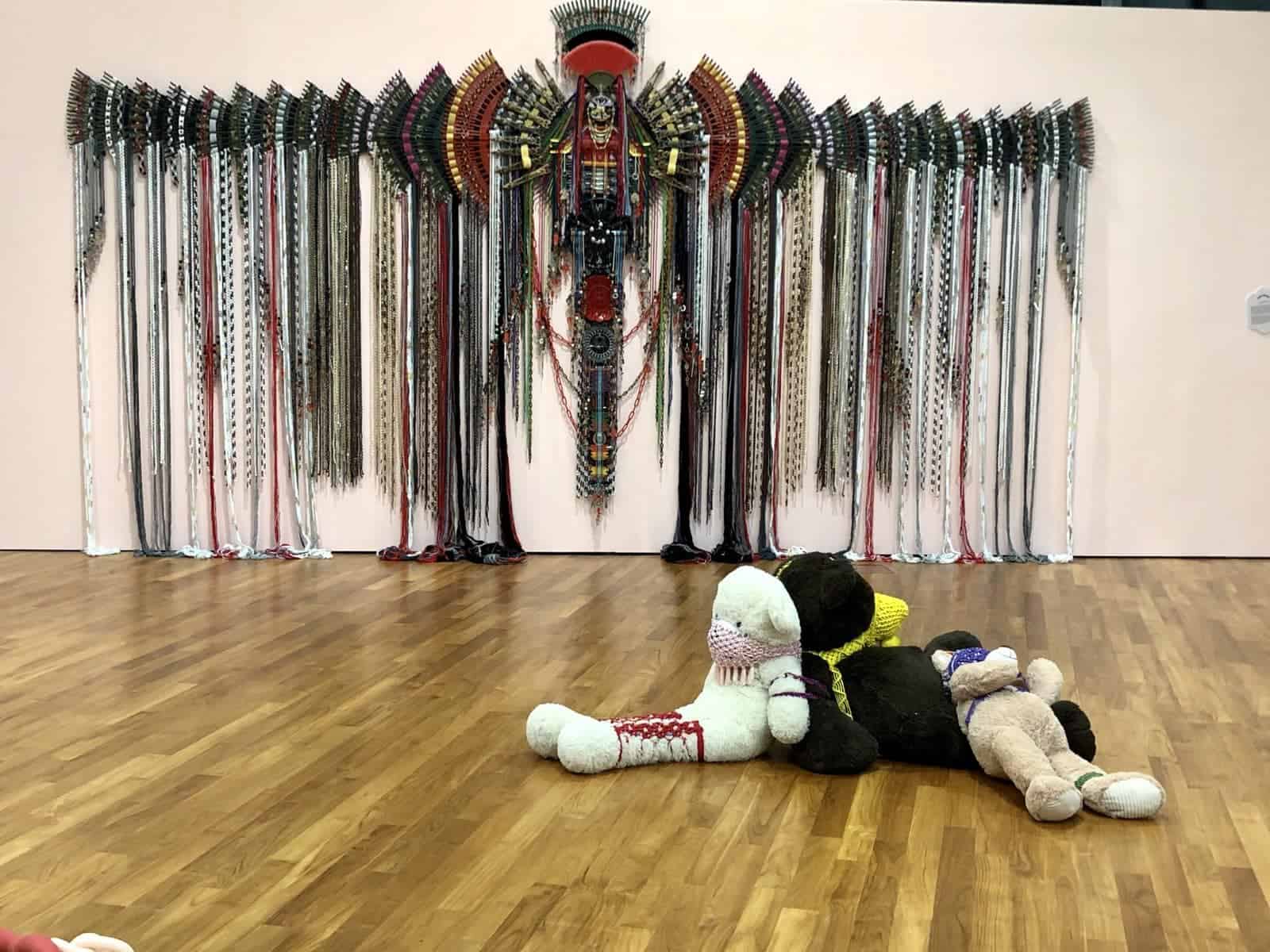
The exhibition has been roundly praised as a tour de force, seeing many art lovers make the trek out to the NTU ADM Gallery in Boon Lay just to take in the critically-acclaimed show. (We’ve also heard that the works have attracted some serious collector interest).
Where bondage bears and queer wings of bravery lead, could twigs and ceramic turntables follow? Could it be that the square CCA peg has finally circled home to where it will fit in best?
All we can do is wait and see.
If you would like to support CCA’s efforts as it embarks on this next stage of its development, check out its fundraising initiatives here. Works on offer include this arresting photographic print, ngaku lepat, by artist ila :
